One of the great things about this blog is that it is a constant encouragement to get outdoors and try to capture some of my surroundings to share with others. Yesterday was a perfect example of this as despite the changeable weather I decided to head down to Bracelet Bay and the Mumbles with two target bird species in mind.
The first species on my feathery hit list was the Mediterranean Gull. I have seen up to eight individuals at Bracelet Bay over the last few months, either in a raft at sea or feeding on the grass near the car park. This time was no different with five birds on the aforementioned grass along with several Black Headed Gulls. At an initial glance the Mediterranean and Black Headed Gulls can appear very similar, but there are a few key differences that mark the two species apart. The most obvious is the head colour. Despite its name, the Black Headed Gull actually has a chocolate brown head, whilst it is the Mediterranean Gull who has the true black head. Unfortunately all of the birds were in their winter plumage on my visit, which means a predominantly white head. There are slight differences in the shading that is still present at this time of year, but this is best seen when you have one of each to compare. The other key differences to look for are that the Mediterranean Gull has a completely white tail as opposed to the black of a Black Headed, as well as a more substantial beak and blood red legs. The Black Headed Gull has a more slender beak and less bright legs. Taking a combination of these factors together should enable a positive id. The Mediterranean Gull is listed as a scarce but regular summer and winter visitor, so keep your eyes peeled at the moment as there are a fair number about. The following pictures should hopefully show you the differences a bit clearer.
Mediterranean Gull in the foreground with Black Headed Gull behind
Following that first success it was on to the second bird of that days hit list. the Kittiwake. Normally a cliff nesting bird such as those at Worms Head, you would expect this one to be a little tricky to find at the Mumbles. Not so, as there is in fact a colony at the end of Mumbles Pier. This colony first appeared in around 1993, and has since then held up to 92 breeding pairs in a single season. To gain decent photographs that would normally require a trip to a remote colony, you simply need to pay your 50p entrance fee to the pier, walk to the area at the end that is fenced off for repairs, and start snapping away. This years young are all well grown by now, but still have a lovely distinct plumage that photographed very well. Many of the adults were either flying around or were roosting on the slipway of the attached lifeboat station. Next season I will make a few visits throughout the year to hopefully document the whole breeding cycle from nest building through to fledging. For now just enjoy the pictures.
I also made a short video to capture some of the activities. The loud beeping noise that you can hear in the background of some of the shots is the foghorn from the Mumbles lighthouse. Despite the relatively sunny conditions of the video, a wall of fog and rain was blowing towards the shore at a rapid pace.
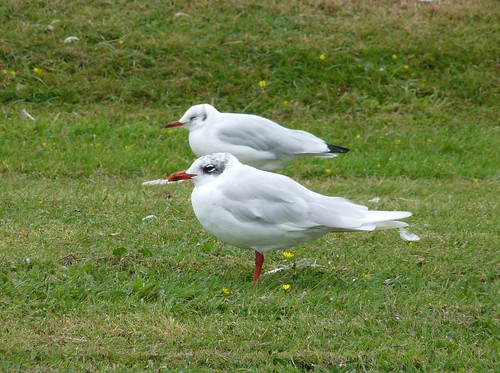
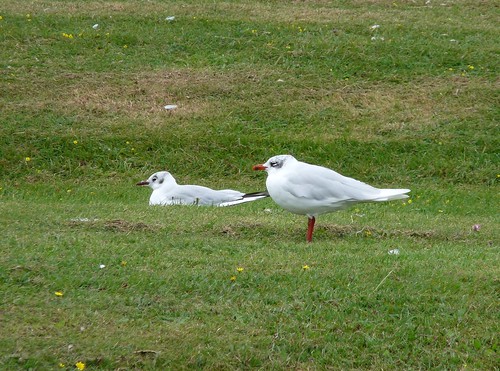


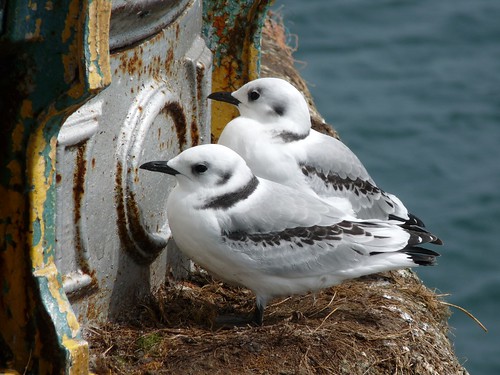
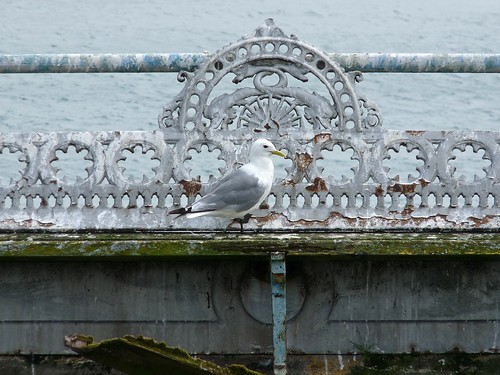

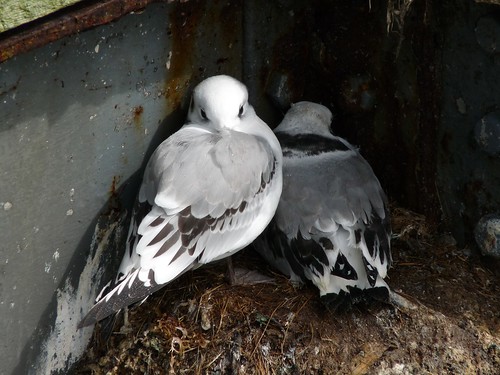
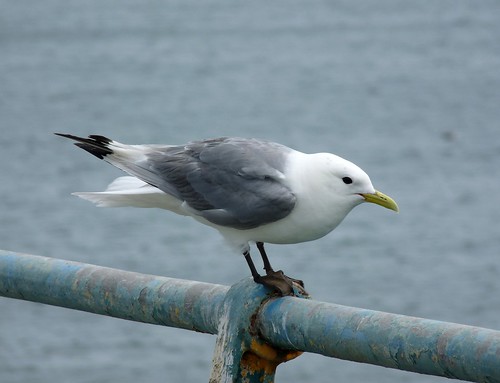
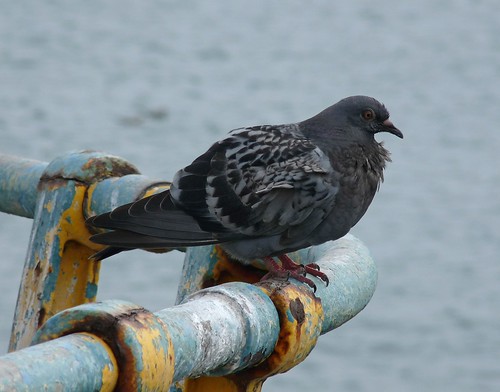



0 Comments